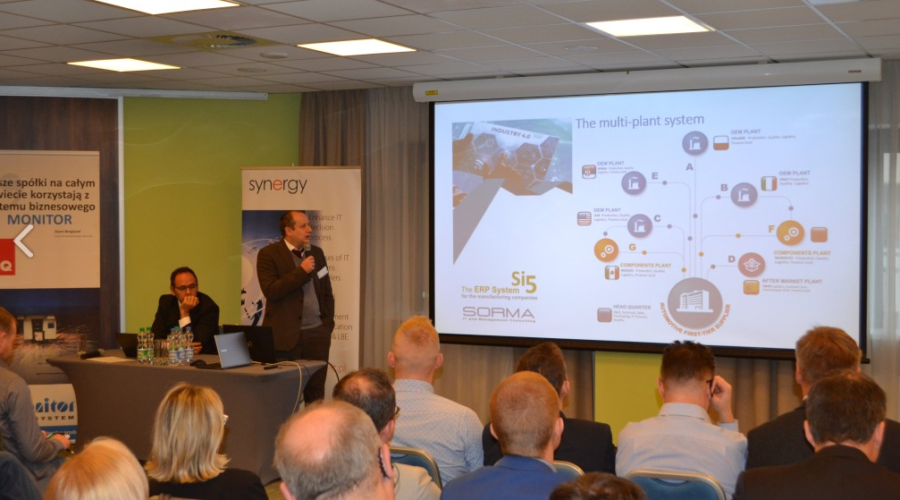Mr. Smith and his loyal MRP (Mr. Smith’s misadventures continue…).

There was once an old and loyal MRP which kept spending its time suggesting to its master, Mr. Smith, how to run his company:
1. it collected information about customers’ orders and selling reviews;
2. it deeply investigated the products ordered to see how they were made (base bill) in order to have a clear vision of what to do or buy to produce what customers needed;
3. it controlled what was already done (final products) and what to do (wip);
4. it tried to understand whether the things to do were feasible (CRP) and promptly gave a list of actions or suggestions about what had to be done (because its master wanted to call the shots); it even remembered that there were quantities to add when the company was producing or buying, because it was not possible and convenient to have less than a certain quantity (lots).
Everything was working out like a Swiss watch (at that time, Japanese did not produce it yet).
Everything was working out so well that, one day, Mr. Smith, who wanted to produce more and more, decided to buy the company of Mr. Johnson, who had always helped him working for him sometimes.
He created Smith 1 and Smith 2, naming them MRP 1 and MRP 2 in order not to confuse his assistants.
They were already fighting…
MRP1 kept working as usual, and, like every week, it gave his master the list of things to do. Noticing that some things had to be done at Smith 2, the master ran to MRP 2.
Also MRP 2 was working like MRP 1 and, as soon as it found out that Smith 1 had to give it some components for a certain product, it suggested Mr. Smith to go back to MRP 1 and told it that it had to add the components that Smith 2 needed to the material already planned in order to satisfy the request of Smith 1.
That is because MRP 1 had always investigated every level of the product, stopping only when the product was bought. At that point, it was up to the seller to get the required materials to create the product.
The master went immediately to MRP 1, presenting the request, but MRP 1 said that it had already done its part and would have analyze the request only the following week.
The master started studying how to solve the problem, also because he was planning to buy another company (to be called Smith 3) to help producing the product that Mr. Smith wanted to sell to his clients.
“If we have problems with two, let alone three!” he thought.
He tried to invert the work sequences: first MRP 2, then MRP 1 and then MRP 3 (which would have been the name of the new Rossi 3 assistant) or vice versa, but he could not find a solution to satisfy all. There was always one that would work on new things only at different times (MRP elaboration frequency).
What to do?
Waiting a week and delaying deliveries (extension of lead time corresponding to MRP frequency)? Not possible!
Increase scores to avoid the delay? Too risky!
There was nothing to do: his loyal MRPs did not get along, everyone wanted to call the shots.
Since every tale has its moral, there it is: if you own more than one plant or company with intersectional needs, you must have a loyal multi-plant MRP, which process all needs at the same time.




